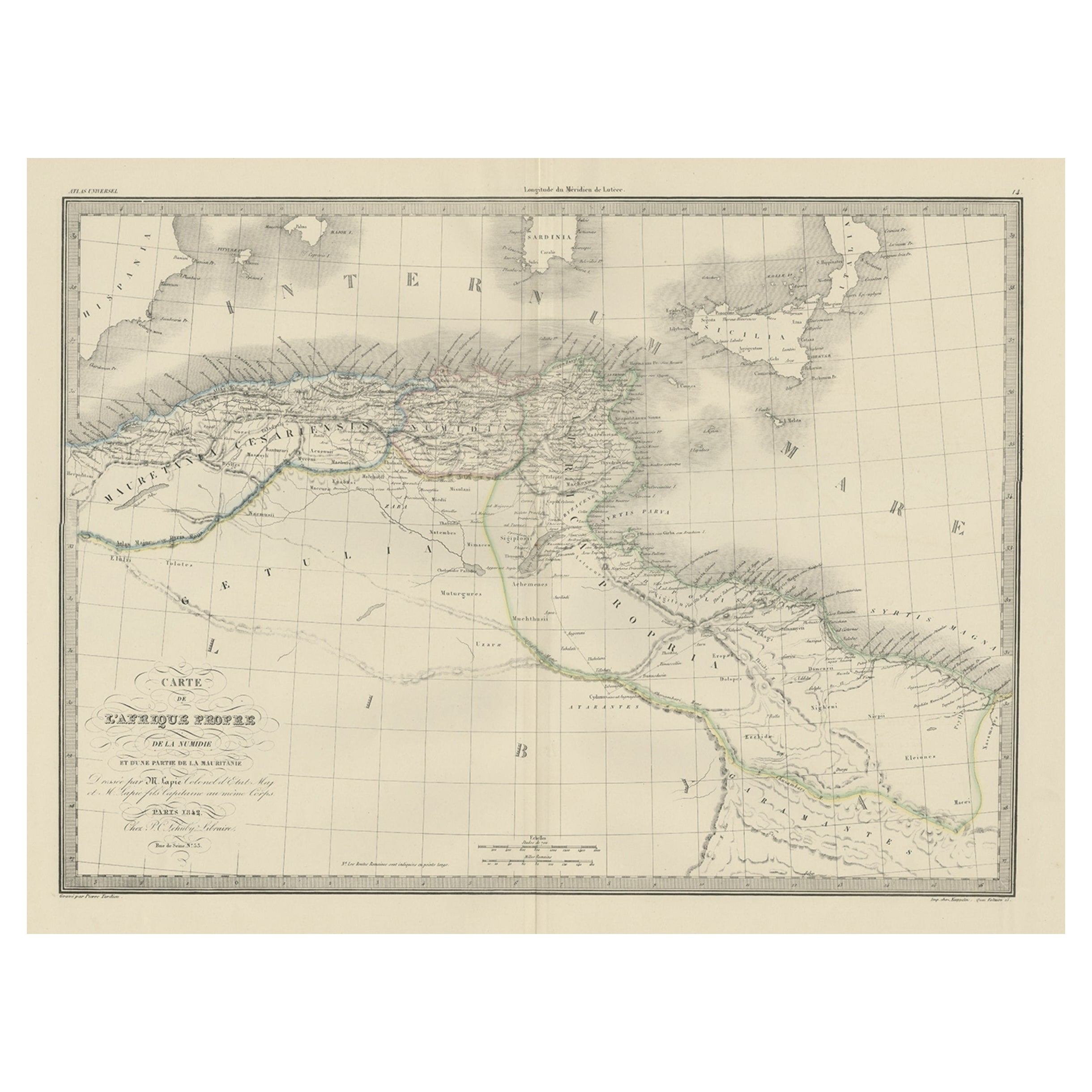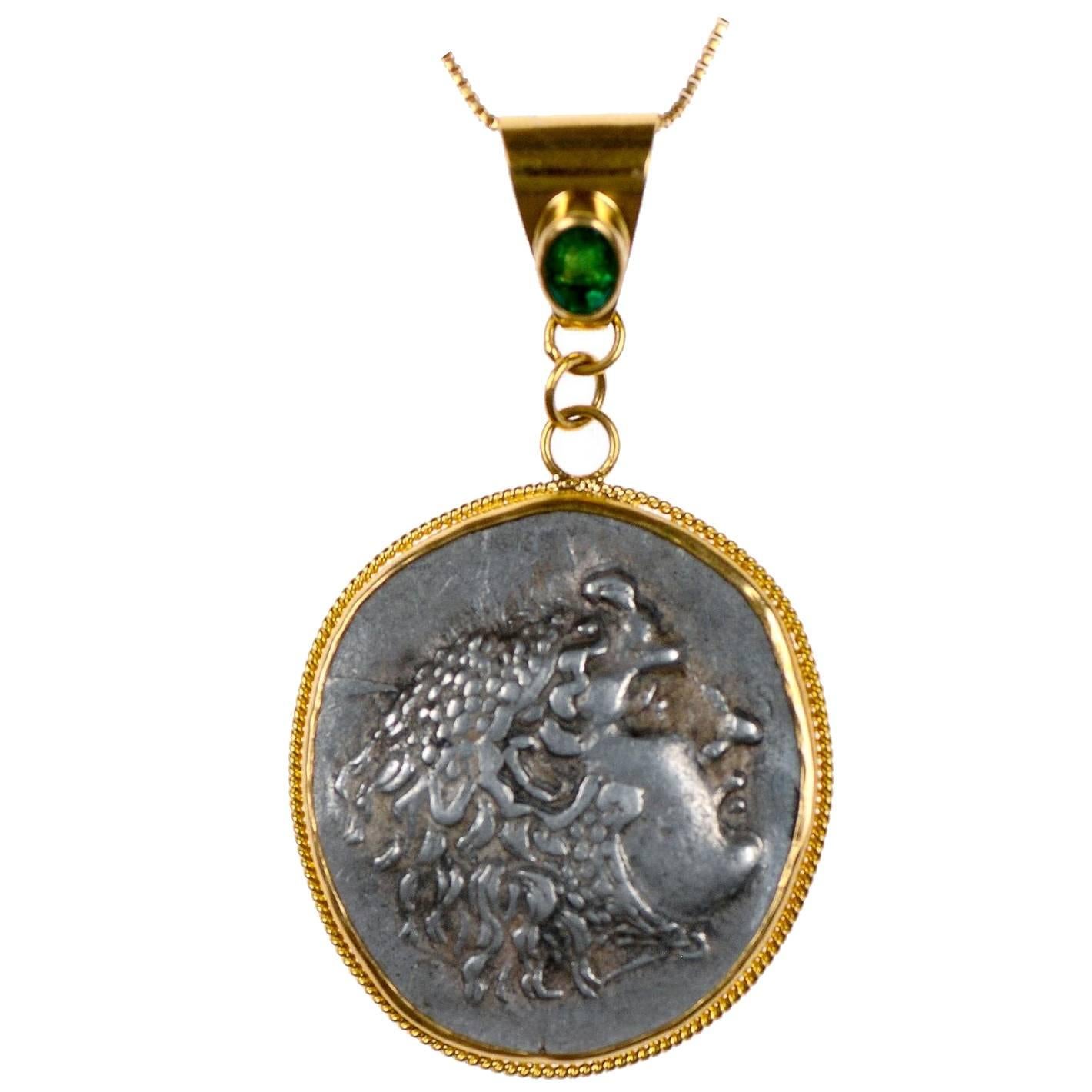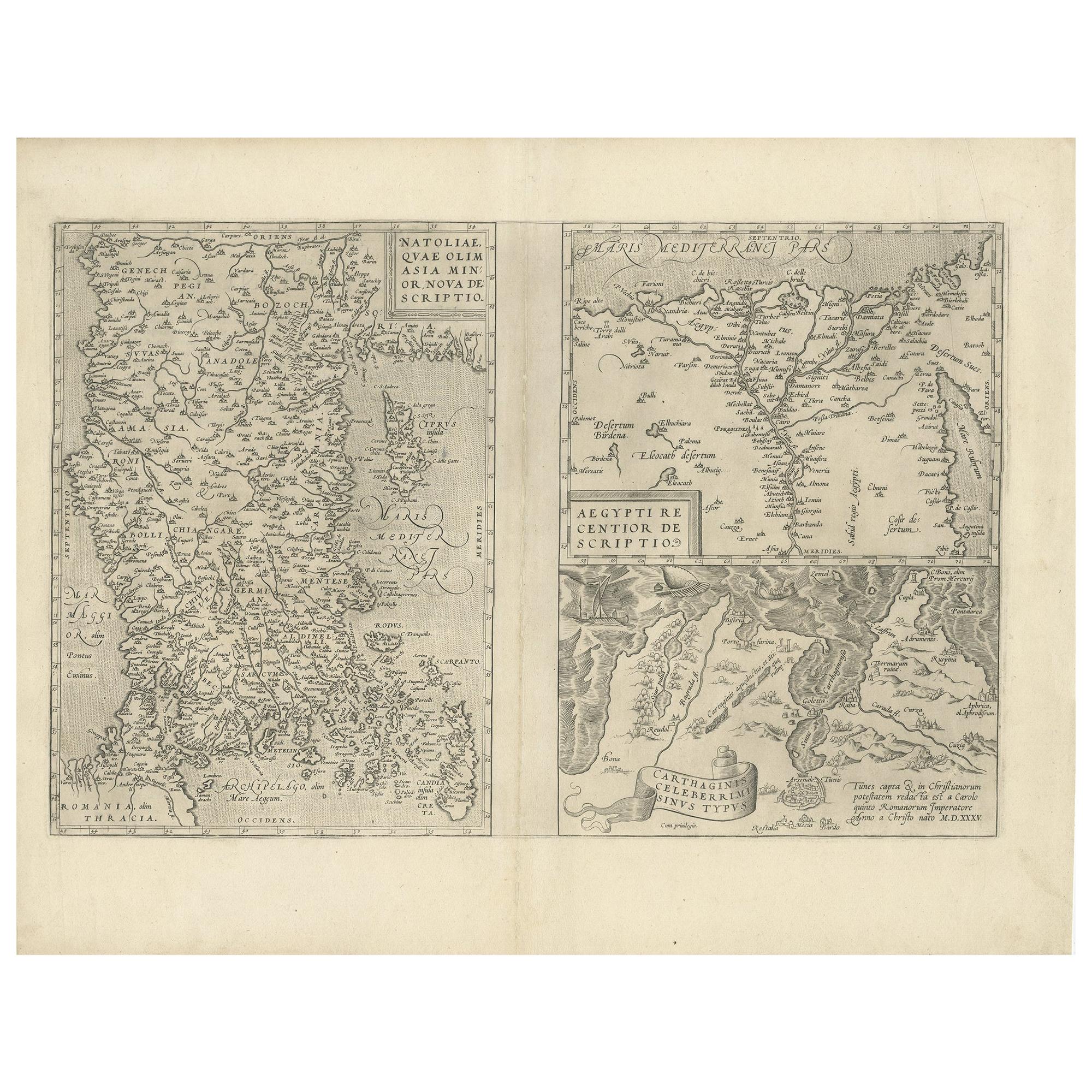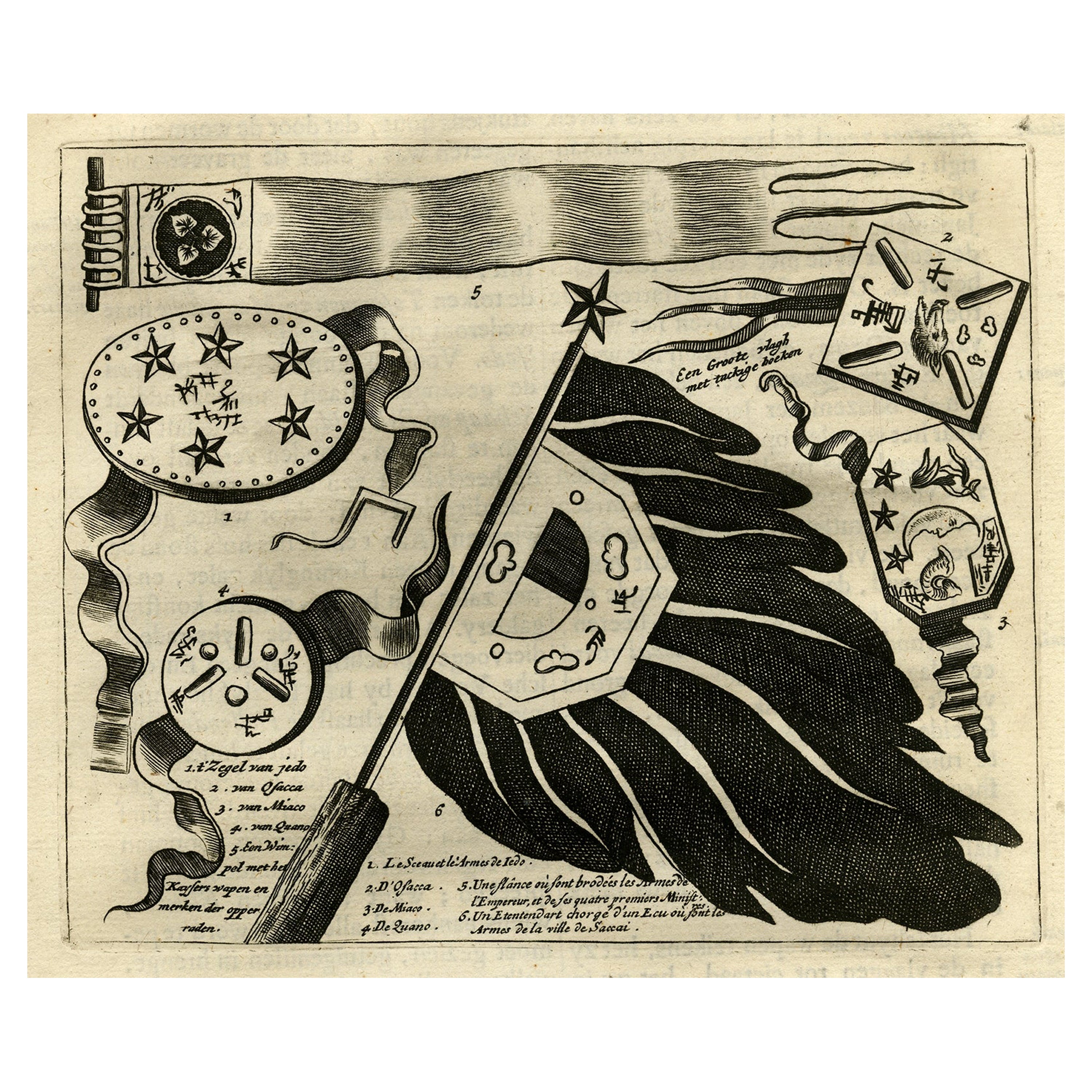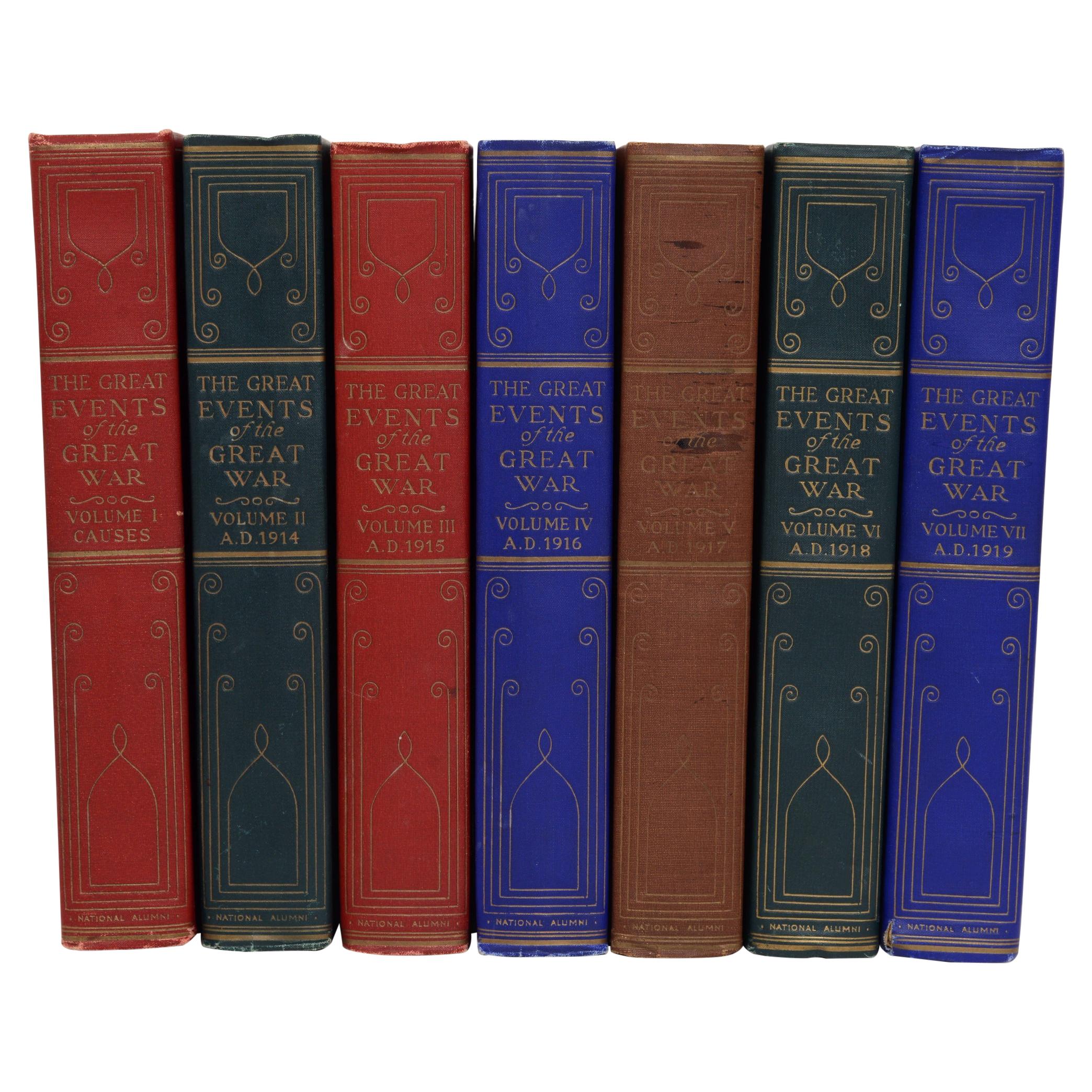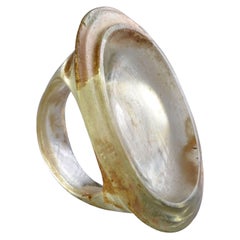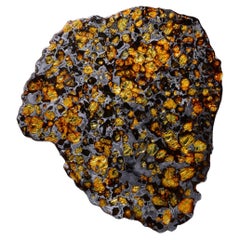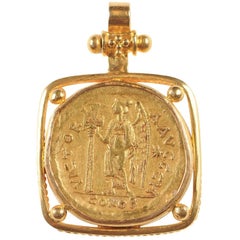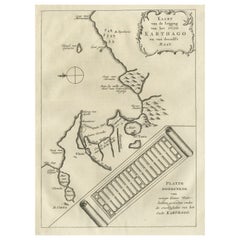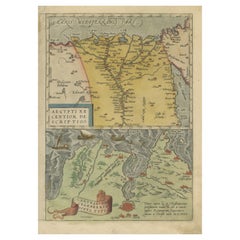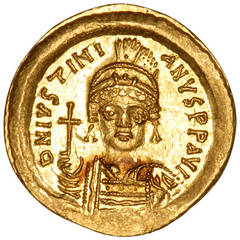
Byzantine Gold Solidus Carthage Coin of Emperor Justinian I the Great, 527 AD
View Similar Items
Want more images or videos?
Request additional images or videos from the seller
1 of 4
Byzantine Gold Solidus Carthage Coin of Emperor Justinian I the Great, 527 AD
About the Item
- Dimensions:Height: 0.2 in (5 mm)Diameter: 0.83 in (2.1 cm)
- Place of Origin:
- Period:
- Date of Manufacture:547 AD
- Condition:
- Seller Location:London, GB
- Reference Number:1stDibs: LU105221294384
About the Seller
5.0
Recognized Seller
These prestigious sellers are industry leaders and represent the highest echelon for item quality and design.
Established in 2008
1stDibs seller since 2014
100 sales on 1stDibs
Typical response time: 5 hours
Associations
LAPADA - The Association of Arts & Antiques DealersInternational Confederation of Art and Antique Dealers' AssociationsThe British Antique Dealers' Association
More From This SellerView All
- Ancient Hellenistic Glass Finger RingLocated in London, GBThis beautifully preserved ring was cast from light green transparent glass. Its large size and shape are typical of Hellenistic finger rings, and its now ...Category
Antique 15th Century and Earlier Classical Greek Glass
MaterialsGlass
- Ancient Silver Celtic Tetradrachm CoinLocated in London, GBCeltic ‘Dachreiter’ Tetradrachm Minted in Eastern Europe, circa 1st-2nd Century B.C. Silver A magnificent Celtic tetradrachm of the Dachreiter (“roof-rider”) type, minted by a C...Category
Antique 15th Century and Earlier Mounted Objects
MaterialsSilver
- Cross Section of the Imilac MeteoriteLocated in London, GB“This 282 g interior section of the Imilac pallasite shows a large range of olivine grain sizes – there are coarse grains, grain clusters and fine-grained, crushed olivine debris. All of the olivine grains are surrounded by a matrix of metallic iron-nickel derived from the top of a molten core of a differentiated asteroid.” Dr Alan E. Rubin, PhD Department of Earth, Planetary, and Space Sciences, UCLA Imilac - interior section Stony-iron, pallasite - PMG 8 1/4 inches (20.95 CM), 282 g This complete cross-sectional slice from the Imilac meteorite...Category
Antique 15th Century and Earlier Natural Specimens
MaterialsOther
- Cross Section of the Seymchan MeteoriteLocated in London, GBCross Section from the Seymchan Meteorite Pallasite Comprising less than 0.2% of all meteorites, pallasites, made up of an iron-nickel matrix inter...Category
Antique 15th Century and Earlier Russian Natural Specimens
MaterialsIron, Nickel
- Giant Egg of the Extinct 'Elephant Bird'Located in London, GBAn exceptionally well preserved, unhatched egg of the Giant elephant bird, Aepyornis maximus. The now-extinct Aepyornis maximus, or elephant bird, wa...Category
Antique 15th Century and Earlier Malagasy Natural Specimens
MaterialsEggshell
- Pre-Solar Stardust, a Piece of the Allende MeteoriteLocated in London, GBPre-Solar Stardust - A piece of the Allende Meteorite Carbonaceous Chondrite - CV3 Height 6.98 cm 280 g “This individual sample of the Allende CV3 carbonaceous chondrite shows ...Category
Antique 15th Century and Earlier Mexican Natural Specimens
MaterialsStone
You May Also Like
- Authentic Solidus Roman Imperial Coin in 22k Gold Necklace Pendant, circa 476 ADLocated in Atlanta, GAAn authentic Zeno the Second Reign, AV Gold Solidus Roman Imperial Coin (Constantinople Mint, circa 476-491 AD), set in a squared 22-karat gold bezel with 22-karat gold bail. The obv...Category
Antique 15th Century and Earlier Italian Classical Roman Collectible Jew...
MaterialsGold
- Old Dutch Map of the City of Carthage and the Bay of Carthage, 1773Located in Langweer, NLAntique print titled 'Kaart van de Legging van het Oude Karthago'. Old map of the city of Carthage and the Bay of Carthage. It was the center or capital city of the ancient Carthagin...Category
Antique 1770s Maps
MaterialsPaper
- Antique Map of the Region Around the Nile and the City of CarthageLocated in Langweer, NLAntique map titled 'Aegypti recentior descriptio - Carthaginis Celeberrimi sinus typus'. Two detailed regional maps by Ortelius. One map shows the region around the Nile, as far as A...Category
Antique 16th Century Maps
MaterialsPaper
- The Empires of Mauritania, Carthage & Numidia 'Barbary Coast', Africa, 1842Located in Langweer, NLAntique map titled 'Carte de l'Afrique Propre de la Numidie (..)'. Map of the empires of Mauritania, Carthage and Numidia (Barbary Coast). This map originates from 'Atlas univers...Category
Antique 1840s Maps
MaterialsPaper
$297 Sale Price20% Off - Antique Engraving of Majorinus, Bishop of Carthage of the Donatist Sect, 1701Located in Langweer, NLAntique print, titled: 'Majorinus Numida' Majorinus was a bishop of Carthage in dispute with Ceacilianus. He favored the so-called Donatist sect. Het died ca. 329 AD. The background to the controversy was the wave of persecutions of Christians by the Roman Emperor Diocletian. At that time some Church leaders - unwilling to endure torture or death and become martyrs - had been ready to take such acts as worshipping the gods of the old pantheon, considered idols by Christians, or surrendering church books and property to the imperial authorities. Such people became known as 'traditors' ("surrenderers"). One of these "traditors", named Caecilian, had returned to the fold of the Church once the persecutions ended, and was consecrated Bishop of Carthage and Primate of North Africa. Those of the faithful who refused to accept the authority of such a spiritual leader raised Majorinus as a rival bishop; however, Majorinus died shortly after being consecrated, and it fell to Donatus to take his place and continue the struggle. This rare print originates from: 'Historie der Kerken en Ketteren van den beginne des Nieuwen Testaments tot aan het Jaar onses Heeren 1688. Onzydig in 't Hoogduytsch beschreeven, door den Hoog-geleerden Heer Godfried Arnold, Voor deezen Hoog-Leeraar in de Historien tot Giesen. In het Neederduyts vertaald. Vercierd met verscheyde Koopere Plaaten door den Heer Romeyn de Hooghe.' (transl.: History of Churches and Heretics from the start of the New Testament until the year of our lord 1688 ...), by Godfried Arnold, Dutch edition published by Sebastiaan Petzold, Amsterdam 1701. This edition contains portraits of heretic figures, etched by the reknown Romeyn de Hooghe. Artists and Engravers: Made by 'Romeyn de Hooghe' after an anonymous artist. Gottfried Arnold (pseud. Christophorus Irenaeus) was an important representative of the so-called radical Pietism, publicist, church historian and chants writer (so he was believed to have written the well-known Church song 'O Durchbrecher aller Bande'). Arnold studied theology in Wittenberg. From the Lutheran Orthodoxy he converted, through writings of Spener, to Pietism, associating later into a circle around the court preacher Sprögel, who was influenced by Jakok Böhm. Many medieval mystics were later re-issued by him. In addition he was clearly influenced by Grotius and the early enlightenment. His quest for the 'true' Christianity rightly brought him in the early Church. So he arranged an edition containing the sermons of the desert father Macarius. Arnold was a skilled patristicus, although he did not escape from the creation of an ideal image of the Christian life in the early Church, in his view a flowering time which ended with the reign of Constantine. His first study of the early Church ('Die erste Liebe der Gemeinen Jesu Christi') provided him a professor position in Gießen, a post which he soon left, disappointed by what he called the 'Ruhmsachtige Vernunftwesen des akademischen Lebens'. He continued as an individual scientist and he published books and poems. His main work is 'Unparteiischen Kirchen- und Ketzerhistorie' (1699-1700), of which this is the Dutch translation. He adapts in this study the reformatory decay theory, where the censure lies no longer with Constantine, but the post-Apostolic time. The decay is temporarily lifted with the Reformation, but occurres again soon, so that even the contemporary institutional Protestantism lies under the fire of his criticism. On the other hand he favours the 'Church of the spirit' that existed in all times (invisible) and is characterised by avoiding the world and asceticism. Not the orthodoxy, but the subjectivity of religious man...Category
Antique Early 1700s Prints
MaterialsPaper
- Ancient Macedonian Alexander the Great Coin Set in 22 kt Gold & Emerald PendantLocated in Atlanta, GAAn Authentic Greek (Macedonian) Alexander the Great Tetradrachm Coin, 336-323 BC, set in a 22-karat gold bezel and Bail with an Emerald...Category
Antique 15th Century and Earlier Macedonian Classical Greek Collectible ...
MaterialsMetal, Gold



